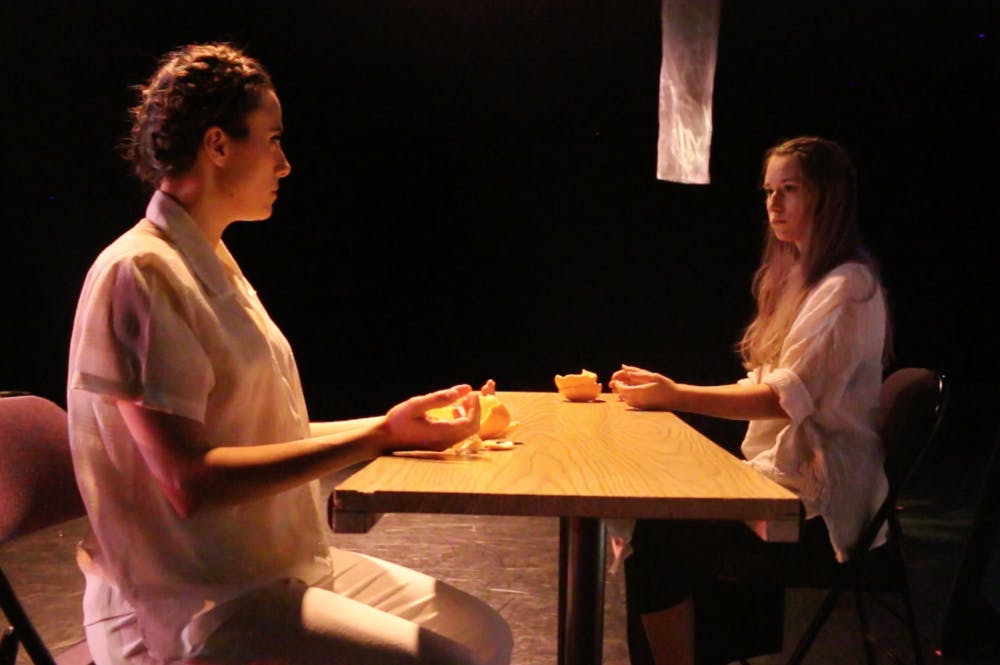If several people were asked what dance is, they would likely give several different answers. There is not one definitive answer — as everyone has different viewpoints on what the art is.
Many people believe the art of dance is confined to important occasions like weddings or parties.
Other people may consider the definition broadly, believing the art of dance to be an expression of spontaneous emotion. These people would consider a happy jig or a shimmy to be dance.
Broadening the definition of dance fosters a sense of creative freedom for students studying the art. Opening a conversation about the definition eases the pressure of these creative students, giving them space to create innovative and thought-provoking work.
Defining dance is something I have thought about for years. I have a background in dance and I remember a few times when people suggested that I was not a good dancer.
I wondered what exactly good dancing was, and what determines a good dance piece. I questioned if quality dance must be based on technique.
Everybody moves through space differently. Just like how no two voices sound the same, or how no two actors' interpretation of a character is exactly alike. Art in general is hard to define, and it is even harder to define what good art is.
In this year's ASU School of Film, Dance and Theatre "Fall Forward" dance show, choreographers explore the definition of dance.
"The audience will watch the performance from the perspective of the two cameras on stage and in person," Yingzi Liang, "Fall Forward" choreographer, said. "It is through the different perspectives that the audience can watch one movement."
Liang's piece involves post-modern contemporary dance, which incorporates everyday movement. Her piece not only involves lighting, costumes and music, but it also includes live streaming video in its production.
Liang has been dancing from a young age, and this piece is different than what she has done before. The incorporation of camerawork in choreography is new to Liang.
"(I) not only choreographed for the camera but for an audience. The camera can pick up the smallest movements," Liang said.
With the involvement of different media in her piece, Liang's breaks people's perception of what can be done in a dance performance.
"First of all it's the stage (that is different)," Liang said. "Usually when you watch a dance show, you watch from audience seats and you watch the dancers on stage — for my piece, the audience will be on stage."
Liang explained how during the entirety of "Fall Forward," the audience will experience spacial changes. This gives the audience the opportunity to experience a dance from different perspectives.
"'Redefine,' for me, is also not only the audience watching dance movements and hearing music, it is also smell, feel. I wondered how to involve all the senses in a dance performance." Liang said. "Senses help us perceive time — another concept for my piece."
I grew up always thinking every dance is supposed to have a story, but Liang explained to me that a narrative is not necessary in a dance.
Making room for a fluid definition and interpretation of dance ultimately allows more freedom for those learning about the art. It opens up creative outlets and allows students to see the art through a different perspective.
"Fall Forward" opens September 15th. More info here.
Reach the columnist at miharri1@asu.edu or follow @IdalisHarris on Twitter.
Editor’s note: The opinions presented in this column are the author’s and do not imply any endorsement from The State Press or its editors.
Want to join the conversation? Send an email to opiniondesk.statepress@gmail.com. Keep letters under 500 words and be sure to include your university affiliation. Anonymity will not be granted.
Like The State Press on Facebook and follow @statepress on Twitter.




